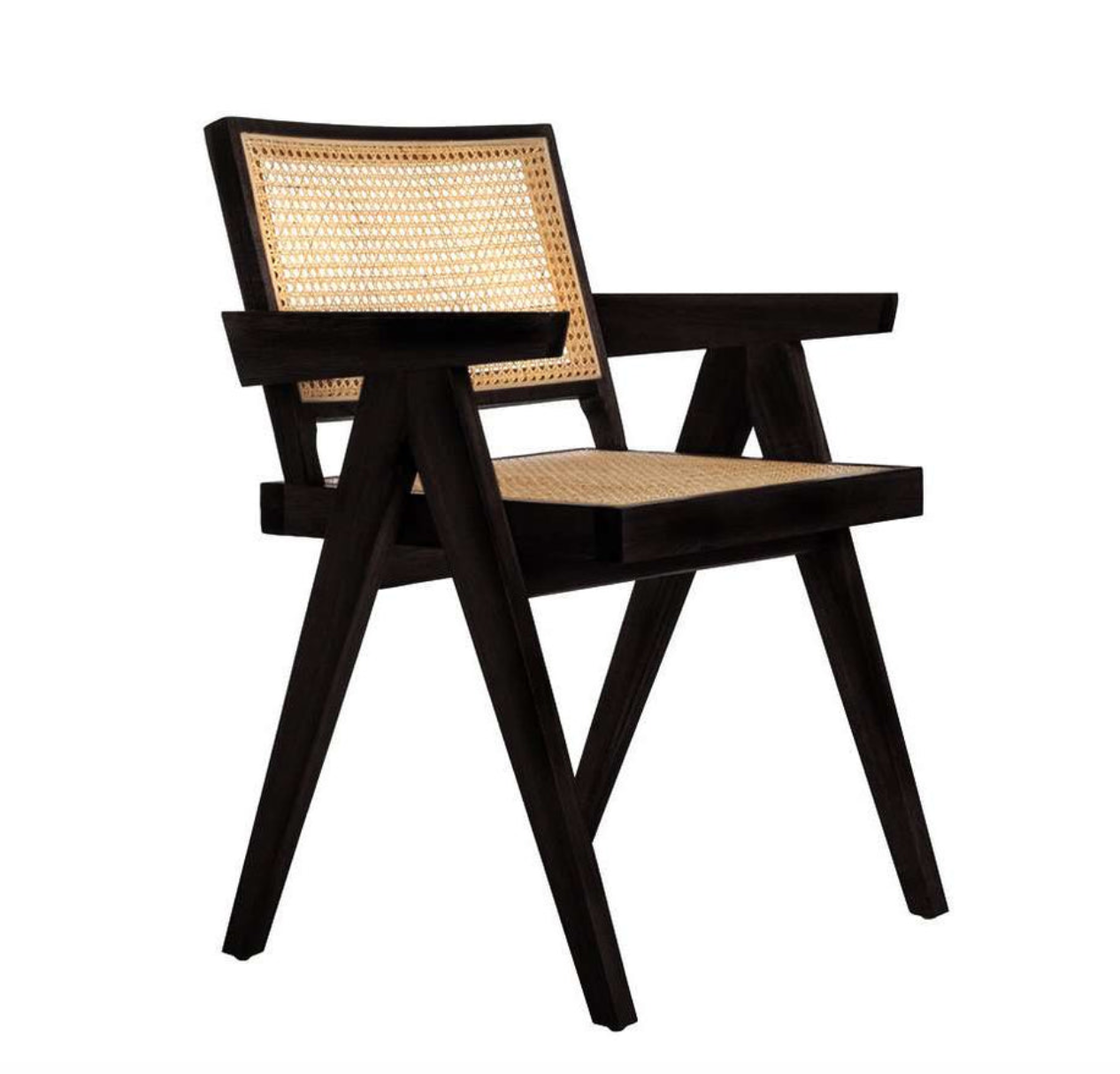A Bit About Cane Furniture + How To Care For It
Let’s talk about cane furniture. These pieces are popping up everywhere and are not only a favorite of mine, but I am particularly partial to cane chairs. This type of furniture dates back to the 1700’s, but caning was a technique used during the Modern movement with Marcel Breuer’s Cesca side chair. To me, these pieces have the perfect balance of modern and traditional elements. Cane is the term for the material that comes from the outer skin of the rattan stalk that is native to Asia, Africa and Indonesia, and is harvested without harming trees. The material is called cane, the process is called caning and the product is called cane furniture. There is a place for cane furniture in almost any aesthetic and it a great way to bring natural woven textures into your home, whether your aesthetic is modern, traditional or even coastal. Cane furniture comes in many forms including chairs, sideboards, dressers, headboards, side tables, bar stools, benches and even lighting.
It is important that you care for your cane furniture by periodically adding moisture to insure longevity. A light spray with an oil or glycerin based soap that has been diluted in water will do the trick if you follow this protocol every few weeks. At least once per year consider applying mineral oil or lemon oil. If the you are restoring older chairs that have become dirty, you can use a mild detergent and warm water applied with a damp cloth. You’ll want to do this on a warm day so that the cane dries quickly, avoiding the growth of mold. Avoid storing these pieces in basements or crawl spaces for the same reason. A few stores that carry the chair in the image above are Anthropologie.com Franceandson.com interioricons.com .
While cane furniture is very popular right now, these pieces are timeless. If you take good care of cane furniture, it will be a staple in your home decor for many years.
